Earlier today the Education Endowment Foundation published their new Guidance Report on ‘Metacognition and Self-regulated Learning’.
This addition to the library of Guidance Reports offers seven practical, evidence-based recommendations to support teachers to develop metacognitive skills in their pupils, in short, their ability to plan, monitor and evaluate their own academic progress so they become better at learning and studying.
“This guidance report… introduces a simplified framework for self-regulated learning and metacognition.” Guidance Report
def.: metacognition (the ability to control cognitive skills)
“On a very basic level, metacognition is about pupils’ ability to monitor and direct their learning. Effective metacognitive approaches get learners to think about their own learning more explicitly, usually by teaching them to set goals, and monitor and evaluate their own academic progress.” Sir Kevan Collins
Drawn from the best available research and existing evidence it is written by the highly experienced, insightful and informed team of Alex Quigley, Daniel Muijs and Eleanor Stringer.
This guidance is relevant to early years practitioners, teachers and senior leaders in primary and secondary schools, as well as in post-16 settings. It’s designed to give some clarity and guidance to an area of teaching and learning that holds so much promise but that can be difficult to address.
Metacognition and self-regulation –
a little elaboration and modelling

Metacognition and self-regulation approaches aim to help pupils think about their own learning more explicitly, often by teaching them specific strategies for planning, monitoring and evaluating their learning.
However metacognition is far from confined to the classroom and school days.
Life requires us all to solve problems and find solutions to countless and varied scenarios! If we can help young people become more aware of how habits developed in subject specific contexts can be transferred in to ‘real life’ we are educating for the long-term.
Modelling our approaches to problem solving (setbacks, failures, successes and all) provides a highly effective ‘way in’ to what we might take for granted and others see only as the result of our actions.
The ‘three F’s’ of my life, family, friends and farm keep me grounded, refresh after a busy week and recharge the soul.
The latter, the family farm, is full of problems to solve as I endeavour to help and not hinder the year round activity of my brother-in-law. It’s rich pickings for drawing out the three essential elements at play here:
1. cognition – the skills and knowledge needed to complete the learning task
“It is impossible to be metacognitive without having different cognitive strategies to hand…” Guidance Report
Farm example: The ever-growing range of skills and knowledge (eg tractor driving and techniques) which I can draw upon when out and about on the farm, accrued through time spent with family, friends and employees more experienced than me in the ways of farming!
2. metacognition – the ability to control cognitive skills

Farm example: Solving the ongoing problem of how to mend the ageing quadbike which was refusing to start .. a significant challenge as I am far from being an experienced mechanic! So, using what I have gleaned about motors to identify what the issue was likely to be, tinkering to explore it further, realising I needed to test out my thinking with others, ‘extracting’ and removing the troublesome part, re-fitting and putting it all back together …. all new territory for me! Continual monitoring of what I was doing, when and how helped me work to arrive at a solution to a seemingly insurmountable problem for me to resolve on my own.
3. motivation – the willingness to engage our metacognitive and cognitive skills and abilities
Farm example: my motivation was threefold as if I could not get it started I was going to have to …

a) spend a day shifting a huge pile of felled ‘firewood-to-be’ off a very wet field by hand rather than the quad and trailer
b) disappoint my son who was desperate to help and drive the quad, and
c) pay someone else to do the fix the quad for me!
Thankfully, persistence, determination and patience paid off and I managed to solve the issue, learning plenty along the way as well as saving time, energy and money. Happy days!
Bringing it back to the classroom
The potential impact of approaches developing metacognition is high, especially for low prior achieving and older pupils, but can be difficult to achieve in practice as they require pupils to take greater responsibility for their learning and develop their understanding of what is required to succeed. However, it’s learning for life and we owe it to use best bets from evidence to inform our teaching.
When it comes to the learning, metacognitive strategies should be taught in conjunction with specific subject content as pupils find it hard to transfer these generic tips to specific tasks.
Within the context of learning in a specific subject and guided by the recommendations, we should:
- model our own thinking to help pupils develop their metacognitive and cognitive skills
- set an appropriate level of challenge to develop pupils’ self-regulation and metacognition
- promote and develop metacognitive talk in the classroom
- explicitly teach pupils how to organise and effectively manage their learning independently
“However teaching metacognition is easier said than done. It’s not just about ‘thinking skills’ and there’s certainly no simple method or trick. We know that learners will develop some of these skills naturally, and most teachers will be supporting metacognition in their teaching without realising it.
But with a large body of international evidence telling us that, when properly embedded, these approaches are powerful levers for boosting learning, it’s clear that we need to spend time looking at how to do this well.” Sir Kevan Collins
So, next steps, with increasing engagement with the Guidance Report might include:
- (<10 seconds emailing) … share/forward this blog to a colleague
- (3 mins screen time) … read over the poster summary of recommendations
- (5 mins over coffee) … have a conversation with them exploring what you recognise/is new/supports your current practice/challenges your practice
- (30 minutes today/this weekend/next week) … download the Guidance Report and enjoy a proper read through to uncover the detail and helpful examples it contains
- (going forward) … integrate approaches that promote metacognition and self-regulation in to your planning for future lessons, interventions, schemes of work, policies etc utilising the EEF Implementation Guidance as a helpful framework
Thanks for reading.

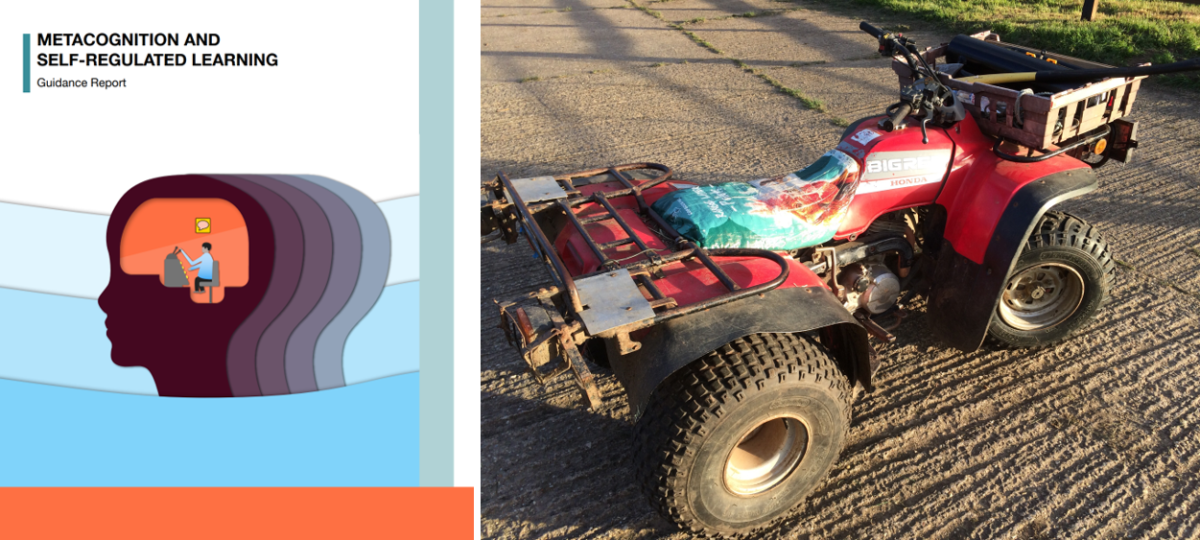
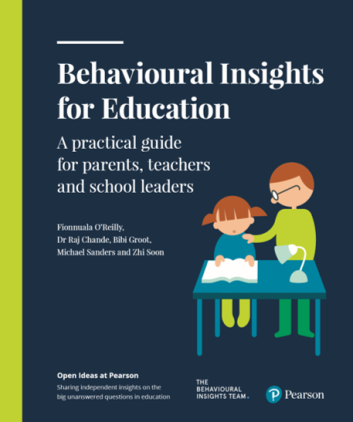



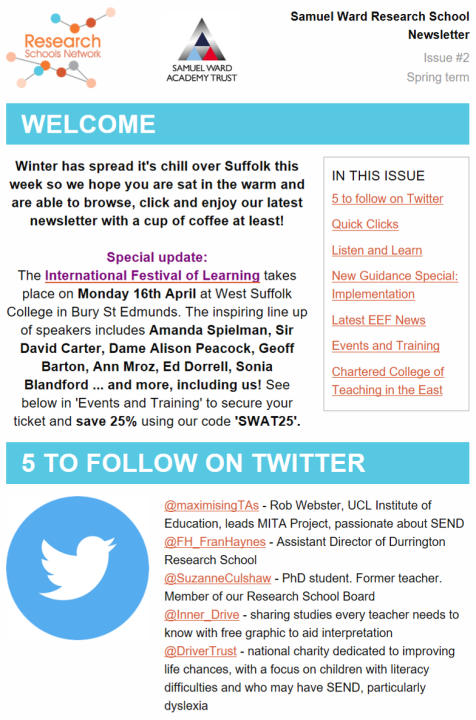



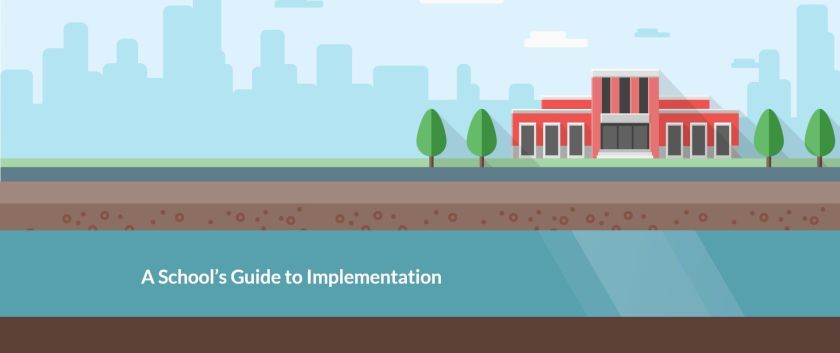





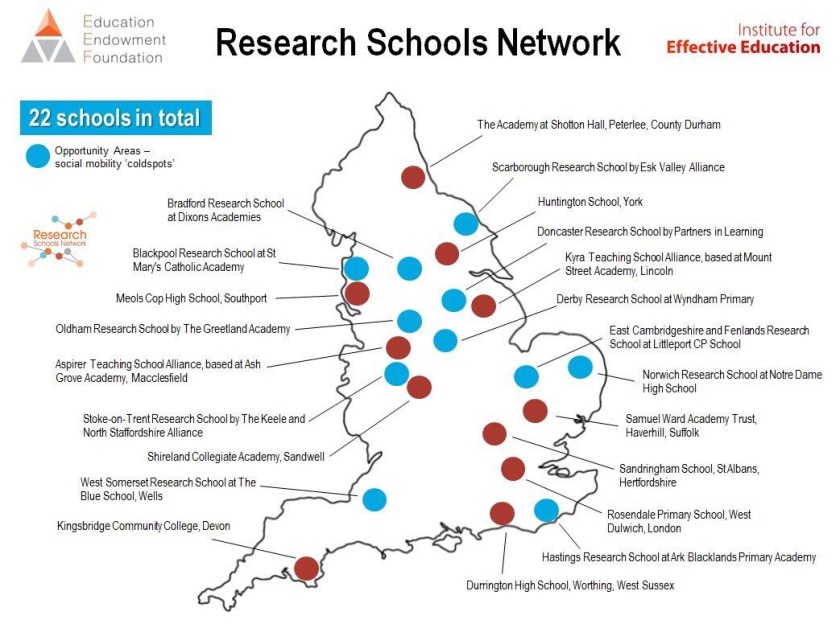

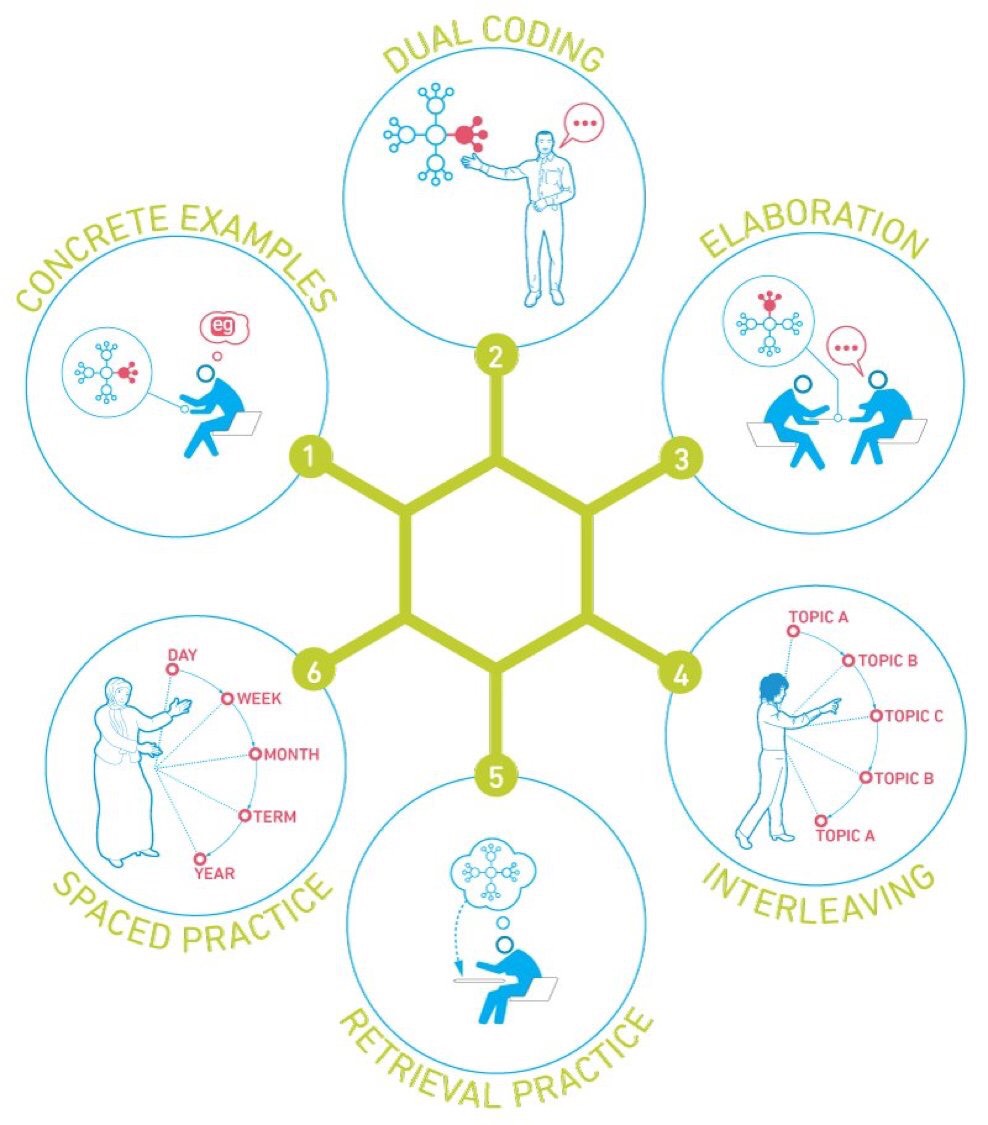

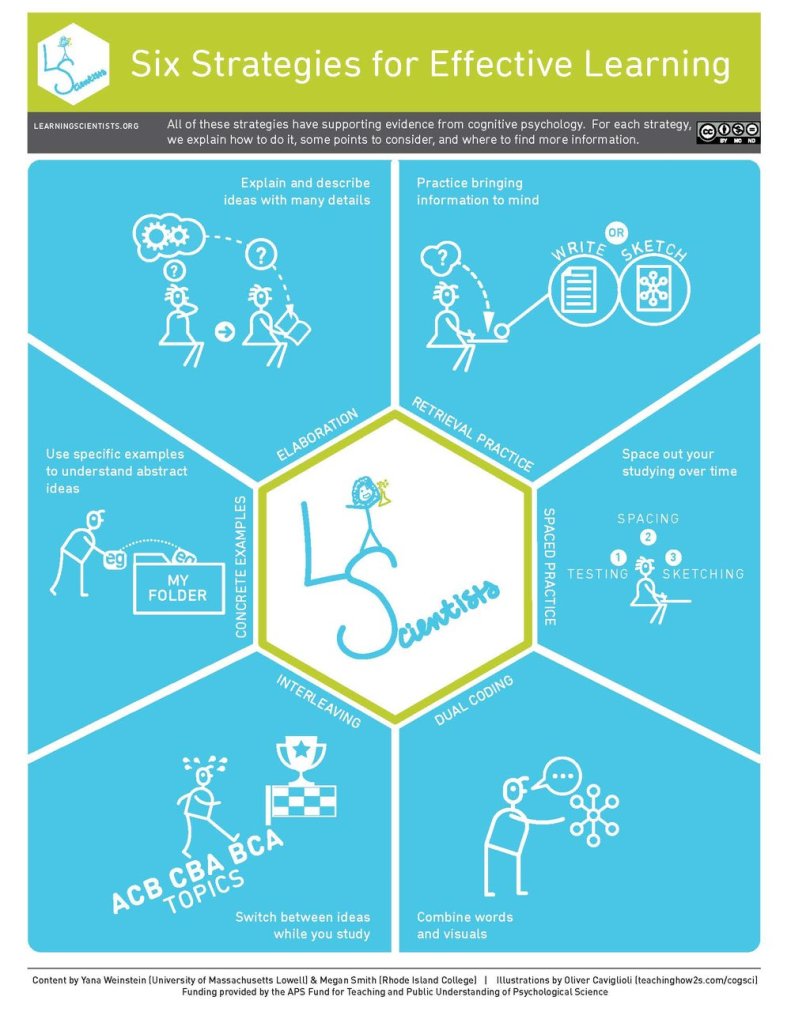 Each of the strategies is clearly presented and available in a range of formats – posters, powerpoints, bookmarks and stickers. Through the dual coding and simple language they are highly accessible.
Each of the strategies is clearly presented and available in a range of formats – posters, powerpoints, bookmarks and stickers. Through the dual coding and simple language they are highly accessible.



